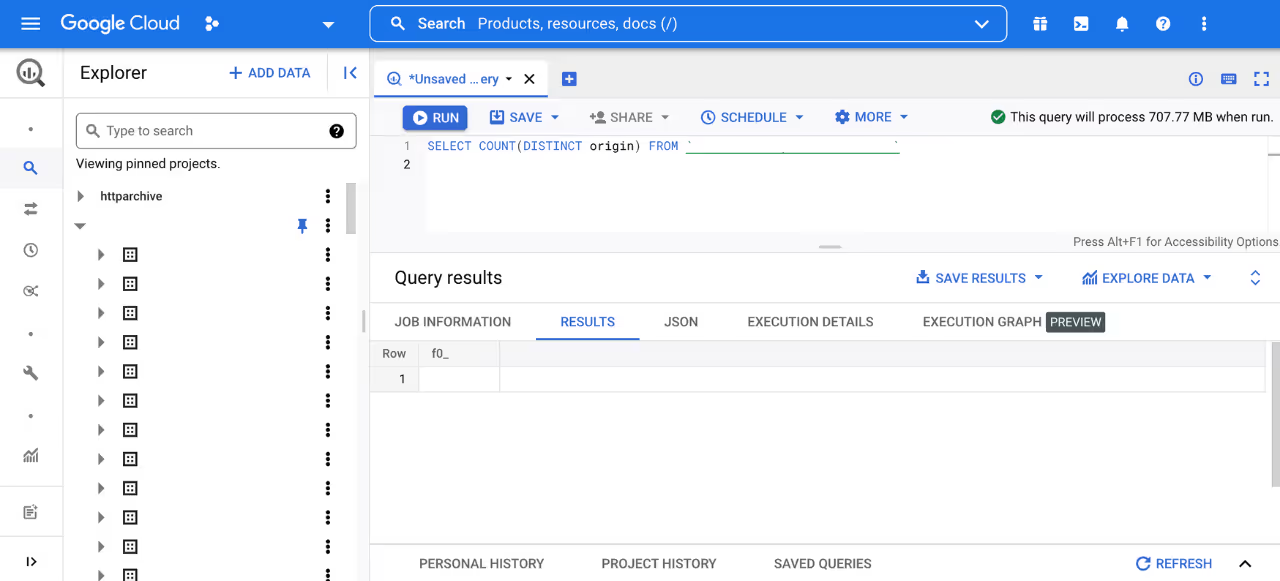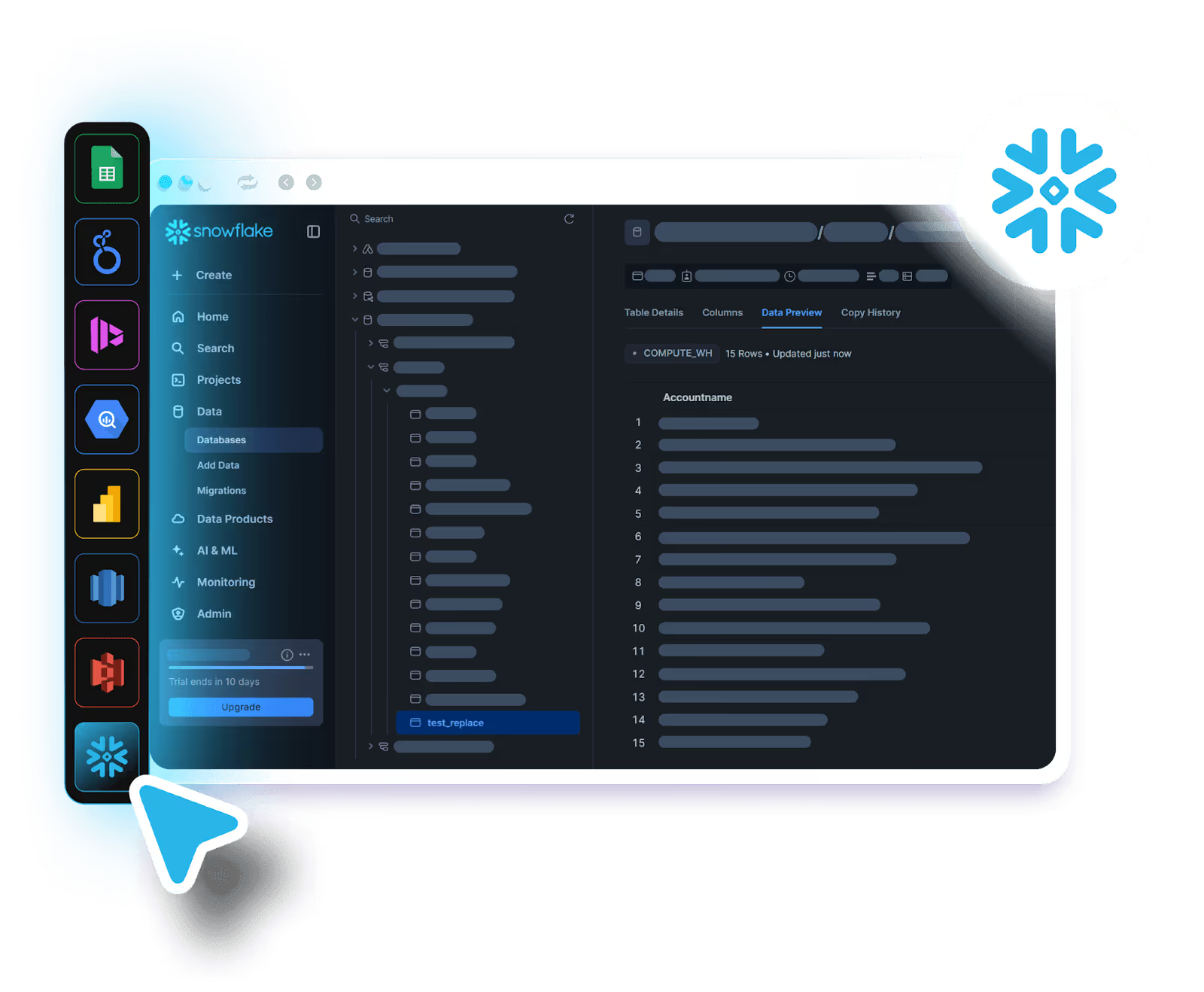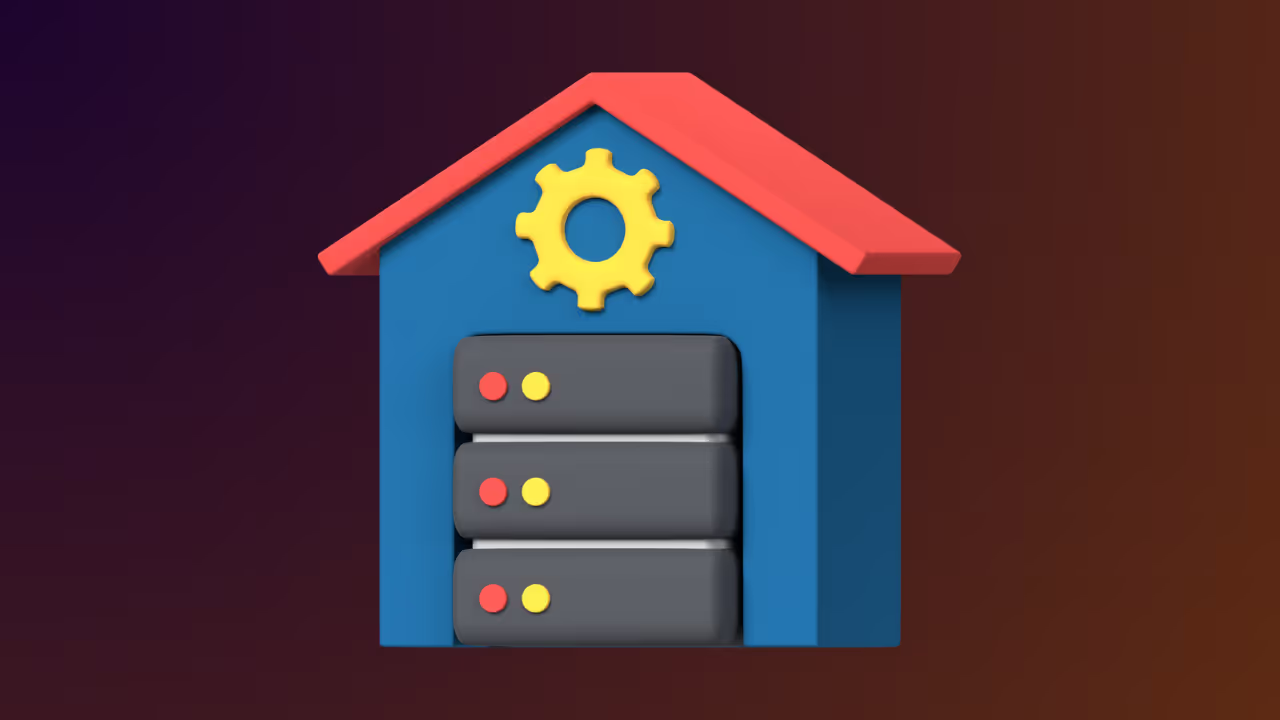As businesses increasingly rely on data to drive decisions, they’re faced with the challenge of managing vast amounts of information from various sources. It’s no longer enough to just collect data; the real challenge is in how you store, manage, and analyze it to uncover actionable insights. This is where modern data architectures, such as the Data Warehouse, Data Lake, and the rapidly growing Lakehouse, become essential.
For those working in digital marketing, content strategy, and SEO, grasping these concepts goes beyond just technical know-how. It’s about understanding the backbone that supports your analytics, shapes your audience insights, and directly influences your strategic decisions. Selecting the right architecture can be the key to running an agile, data-driven operation rather than one slowed down by ineffective systems.
In this guide, we’ll break down the three key architectures, explaining their differences, ideal use cases, and how they integrate into a comprehensive data strategy.
The Foundation: The Data Warehouse
The Data Warehouse is the veteran of the group, a concept that has been around for decades. Think of it as a meticulously organized library, where each book is carefully cataloged, duplicates are removed, and everything is placed exactly where it belongs. Its primary purpose is to centralize and store structured, cleaned, and processed data for business intelligence and reporting.
Key Characteristics:
- Structured Data: Data Warehouses are designed to handle relational data, meaning the information is neatly organized into rows and columns, all with a predefined structure or schema.
- ETL Process: The classic Extract, Transform, Load (ETL) method is used. Data is pulled from various sources, transformed into a standardized format, cleaned for quality, and then loaded into the warehouse.
- Schema-on-Write: The structure or schema is defined upfront, ensuring the data is clean, consistent, and ready for analysis before it’s loaded into the system.
- Optimized for BI: Data Warehouses are fine-tuned for fast, complex analytical queries, making them ideal for building reports, dashboards, and conducting historical analysis.
Target Audience: Business analysts, executives, and marketing teams who require reliable, high-quality data to drive informed decision-making.

When to Use a Data Warehouse: A Data Warehouse is the best choice when your primary goal is to produce consistent, dependable reports and dashboards. If your business relies on established metrics like sales figures, customer demographics, or campaign performance, and needs a single source of truth for these insights, a Data Warehouse provides the stability and performance you need. It’s the go-to solution for traditional business intelligence tasks.
The New Frontier: The Data Lake
If the Data Warehouse is a library, the Data Lake is a vast, untamed reservoir. It’s a centralized hub where data is stored in its raw, native format, whether structured, semi-structured, or unstructured. The philosophy here is to capture everything and figure out how to use it later.
Key Characteristics:
- Raw and Diverse Data: A Data Lake can accept and store any kind of data without needing to transform it first. This includes log files, social media feeds, sensor data, images, videos, and much more.
- ELT Process: The modern approach is Extract, Load, Transform (ELT). Data is loaded into the lake first and only transformed when it’s needed for a specific analysis or use case.
- Schema-on-Read: The schema is applied when the data is queried. This flexibility allows data scientists to explore different structures and relationships within the data as they dive deeper into analysis.
- Optimized for Exploration and AI: Data Lakes are ideal for data scientists, machine learning engineers, and analysts. They’re designed for big data analytics, predictive modeling, and advanced, exploratory analysis.
Target Audience: Data scientists, machine learning engineers, and developers who need access to vast amounts of raw data to drive innovative, cutting-edge projects.
When to Use a Data Lake: A Data Lake is the go-to choice for organizations looking to dive into advanced analytics, machine learning, and AI. If you need to handle huge volumes of varied data, whether for building a recommendation engine, fraud detection system, or conducting sentiment analysis on social media, a Data Lake offers the flexibility and scalability to handle the unknown and help you uncover valuable insights.
The Best of Both Worlds: The Lakehouse
The Lakehouse represents the latest evolution in data architecture, designed to combine the best features of both the Data Warehouse and the Data Lake. It offers the flexibility and scalability of a Data Lake with the data management and performance of a Data Warehouse, creating a unified platform that can support both traditional business intelligence (BI) and cutting-edge AI workloads.
Key Characteristics:
- Unified Platform: Built on the foundation of a Data Lake, the Lakehouse adds a layer of metadata and management tools to provide the structure and governance typically found in a Data Warehouse.
- Supports All Data Types: Much like a Data Lake, it can store and process all data types in their raw, native format, from structured to unstructured.
- Enhanced Governance: This is where the Lakehouse really stands out. It introduces advanced features like schema enforcement, data quality checks, and ACID (Atomicity, Consistency, Isolation, Durability) transactions, features that are standard in databases but missing from traditional Data Lakes. These additions ensure data reliability and integrity.
- Multiple Workloads: A single Lakehouse can support diverse teams and purposes. Data scientists can work with raw, experimental data, while business analysts can access clean, curated data for reporting, all within the same platform.
- Separation of Storage and Compute: This architectural feature enables organizations to scale storage and computing resources independently, improving cost efficiency.
Target Audience: Data engineers, data scientists, business analysts, and IT teams looking for a flexible, unified platform to support both traditional BI needs and advanced analytics.
When to Use a Lakehouse: The Lakehouse is ideal for organizations that want the flexibility of both a Data Lake and a Data Warehouse. It’s the perfect choice for businesses looking to simplify their data infrastructure by consolidating their systems, without needing to maintain separate Data Lakes and Data Warehouses. If your business is scaling its data operations and requires a unified platform that supports everything from marketing analytics to predictive models, a Lakehouse offers a powerful, all-in-one solution.
A Side-by-Side Comparison

Simplifying Data Reporting with Dataslayer and Leading Data Destinations
Dataslayer simplifies the process of transferring marketing data to and from various data platforms like BigQuery, Amazon Redshift, Amazon S3, and Snowflake, . By acting as a bridge between marketing data sources and these data destinations, Dataslayer allows marketing teams to efficiently manage and report data, without requiring deep technical expertise.
Here’s a breakdown of how Dataslayer interacts with these platforms:
- BigQuery: As a fully managed Data Warehouse, BigQuery is designed for large-scale data analysis. Dataslayer allows marketing teams to upload their data to BigQuery for storage and analysis. Additionally, it offers a BigQuery connector to retrieve data and create reports directly in Google Sheets, enabling easier data manipulation and reporting without needing a complex setup.
- Amazon Redshift: Redshift, Amazon’s cloud-based Data Warehouse, is optimized for handling large volumes of structured data and running complex queries. Dataslayer integrates with Redshift, enabling marketing data to be pushed to the warehouse for analysis.
- Amazon S3: rimarily a Data Lake, Amazon S3 stores large amounts of unstructured data. Dataslayer supports transferring marketing data into S3, where it can be stored in its raw form. Once the data is in S3, teams can extract it and use it for reporting.
- Snowflake: Known for its ability to handle both structured and semi-structured data, Snowflake serves as a flexible Data Warehouse and Lakehouse. Dataslayer allows marketing teams to push data into Snowflake, where it can be analyzed and then retrieved for reporting. This flexibility allows for better handling of complex datasets from various marketing sources.

Dataslayer helps automate the flow of data between marketing systems and these destinations, making it easier for teams to access and analyze the data they need. Whether moving data into BigQuery, Redshift, S3, or Snowflake, or pulling data back into Google Sheets for reports, the tool provides a straightforward solution for integrating data from multiple sources and improving reporting efficiency.
The Strategic Choice: Which One Is Right for You?
Choosing the right data architecture isn’t about finding the "best" technology, but rather about selecting the one that aligns with your business goals, team capabilities, and current data needs.
- For the Traditionalist: If your organization has a mature and well-defined data strategy and your main priority is consistent, reliable business reporting and dashboards, stick with a Data Warehouse. It’s a tried-and-true solution that provides stability and a single source of truth.
- For the Innovator: If you’re part of a startup or a team focused on developing new products, a Data Lake offers the ultimate playground for data scientists and researchers. Its flexible, low-cost storage allows you to experiment with large, raw datasets without the need for extensive pre-processing.
- For the Progressive: If your organization is looking to modernize its data architecture, the Lakehouse offers a forward-thinking solution. It simplifies the management of your data stack by merging the strengths of a Data Lake and a Data Warehouse into one unified platform. A Lakehouse provides the scalability and flexibility to support both business and data science teams, allowing them to innovate confidently while ensuring reliability and performance. It's an investment in a future-proof architecture that balances both agility and stability.
Ultimately, the trend is shifting toward a unified approach. The rise of the Lakehouse highlights the increasing demand for platforms that can handle everything, offering a single, cohesive view of an organization's data to support a wide range of analytical and strategic initiatives. By understanding the strengths and use cases of each architecture, you can make a more informed decision and build a data strategy that truly empowers your business to thrive.







